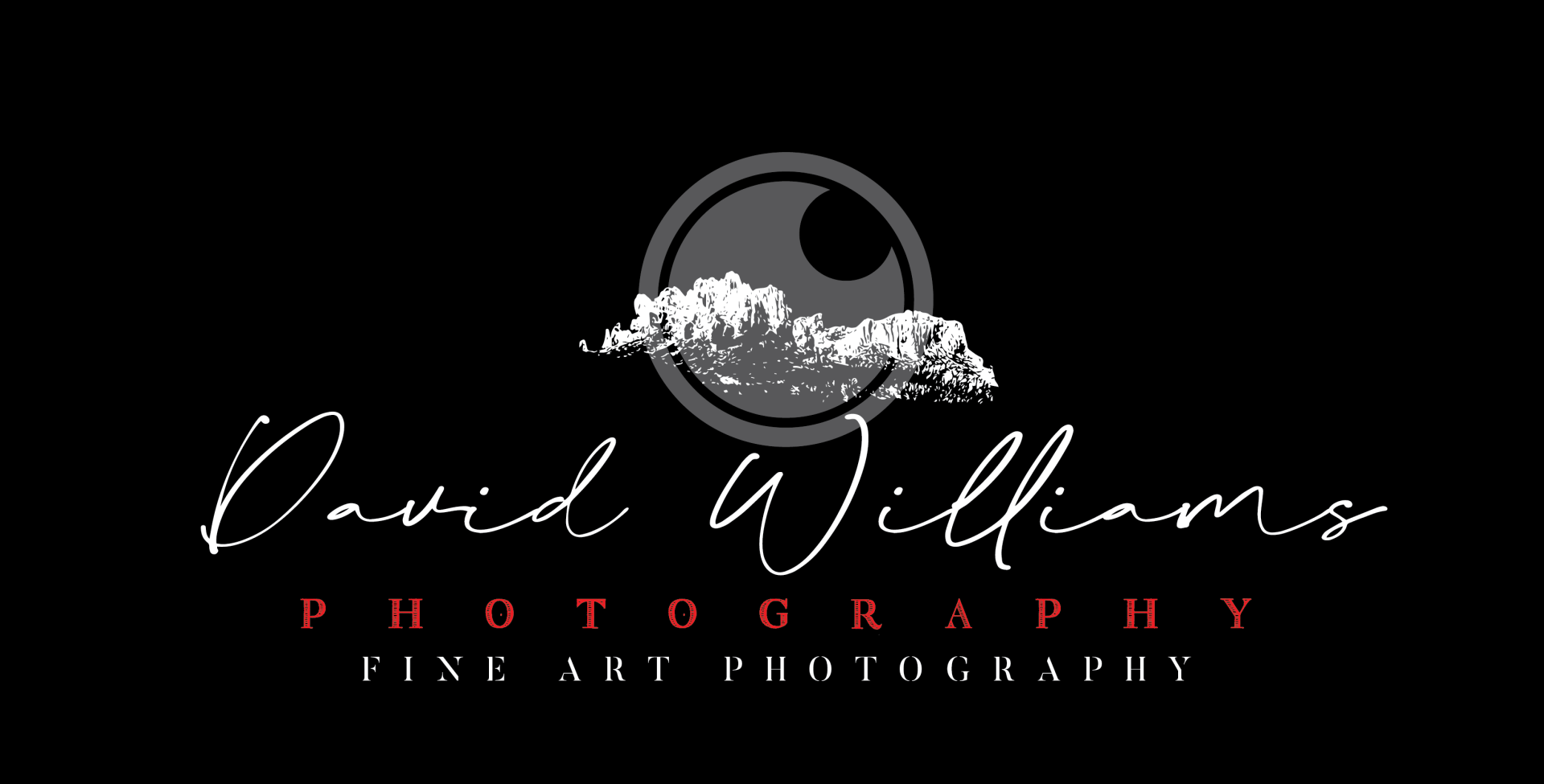LDS Temple Photography - Taking Better Images, Part 2
LDS Temple Photography: Intermediate Tips for Better Images Part 2

Pastel sunrise, Snowflake LDS Temple, AZ - Available as fine art print or editorial licensing
My 1st article of this series covered light, color, composition and defining the subject. This time, we'll get a touch more technical with entry level post production you can do on your phone.
Post Production:
Everyone has their own opinion on how much post production is the right amount, let's skip that argument and assume you want to add some basics to up your game. Here's a simple concept that will make huge improvements.
The Secret is the Amount of Light:
In general, the term "stop" in photography refers to a measurement of light. Think of a "stop" similar to a gallon of gas, 10 gallons is a measurement of gas, and 10 gallons is more than 5 gallons. Your camera measures light in f-stops allowing adjustments to the aperture in 1/3 or 1/2 stop increments or the amount of time the shutter stays open.
The human eye sees somewhere in the proximity of 12-14 stops of light, yet cameras can only see 5-7 stops with pro cameras reaching as high as 8-11 stops or so. The problem is the eye sees more light waves than the camera, so portions of the light falling into certain zones will be left out. This usually means highlights and shadows are left out leaving you primarily with mid-tone values and a washed-out looking landscape picture. We need to squeeze a little more dynamic range into the image and this can be done by bringing down the highlights of the image 1 or 2 stops and increasing the shadow detail a stop or 2.
If the eye can see 14 stops of light and the camera can only see 8, you are missing 6 stops, generally meaning the shadows will appear all black without detail and/or highlights as all white without details. Example: If you lift the shadows 2 stops and bring the highlights down 2 stops then you can actually squeeze an extra 4 stops into the 8 stops of the camera. Going this far will cause halos which is a whitening around dark edges, but you get the point; a little goes a long way.
Graduated neutral density filters are filters used in front of the lens to darken the top half of the image frame reducing brightness of the sky and helping with the dynamic range problem. They do a great job, but I don't use them for my LDS Temple photography because the filter darkens the top half of the steeples along with the sky which is unacceptable.
An easier way:
Photoshop and Lightroom are fantastic at adjusting shadows and highlights, but did you know you can use your phone to do the same? Try this: Take a picture then click edit. Find the highlights slider and slide to the left (-) to darken the sky, then find the shadows slider and move the slider to the right (+). By doing this you are pushing additional details into the image greatly enhancing it. Then, adjust exposure, contrast and color to bring the image back around to where it it pleasing.
Give it a try!
For the next article, we'll move to Photoshop and define layers, layer masks and luminosity masking for those of you who want to venture further into post production processing.
About David Williams Photography | PPA Master Photographer specializing in African wildlife, indigenous culture, American Southwest landscapes, and LDS Temple fine art prints.
Explore my fine art and editorial photography:
https://www.davidwilliamsphotography.com
https://davidwilliams.photoshelter.com/index
https://www.facebook.com/profile.php?id=1657414100
https://www.instagram.com/david_williams_photography_/
